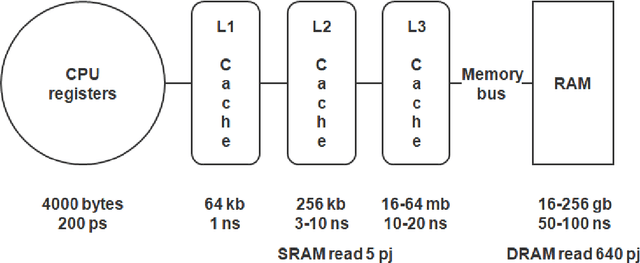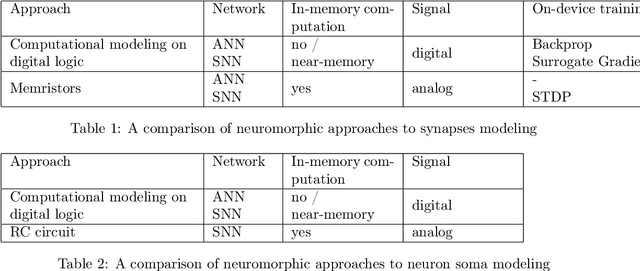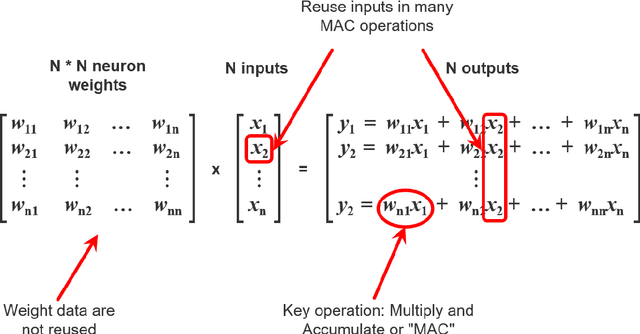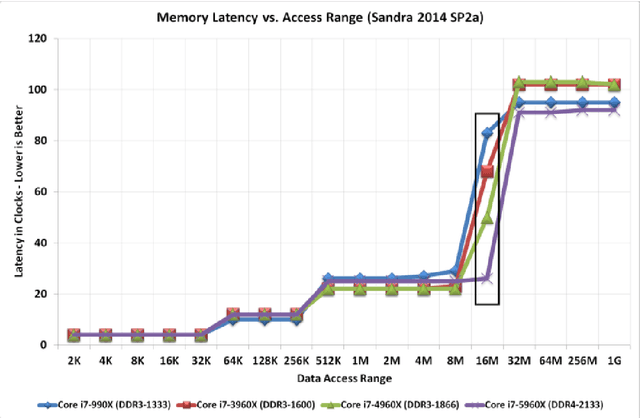Neuromorphic Artificial Intelligence Systems
Paper and Code
May 25, 2022



Modern AI systems, based on von Neumann architecture and classical neural networks, have a number of fundamental limitations in comparison with the brain. This article discusses such limitations and the ways they can be mitigated. Next, it presents an overview of currently available neuromorphic AI projects in which these limitations are overcame by bringing some brain features into the functioning and organization of computing systems (TrueNorth, Loihi, Tianjic, SpiNNaker, BrainScaleS, NeuronFlow, DYNAP, Akida). Also, the article presents the principle of classifying neuromorphic AI systems by the brain features they use (neural networks, parallelism and asynchrony, impulse nature of information transfer, local learning, sparsity, analog and in-memory computing). In addition to new architectural approaches used in neuromorphic devices based on existing silicon microelectronics technologies, the article also discusses the prospects of using new memristor element base. Examples of recent advances in the use of memristors in euromorphic applications are also given.
 Add to Chrome
Add to Chrome Add to Firefox
Add to Firefox Add to Edge
Add to Edge